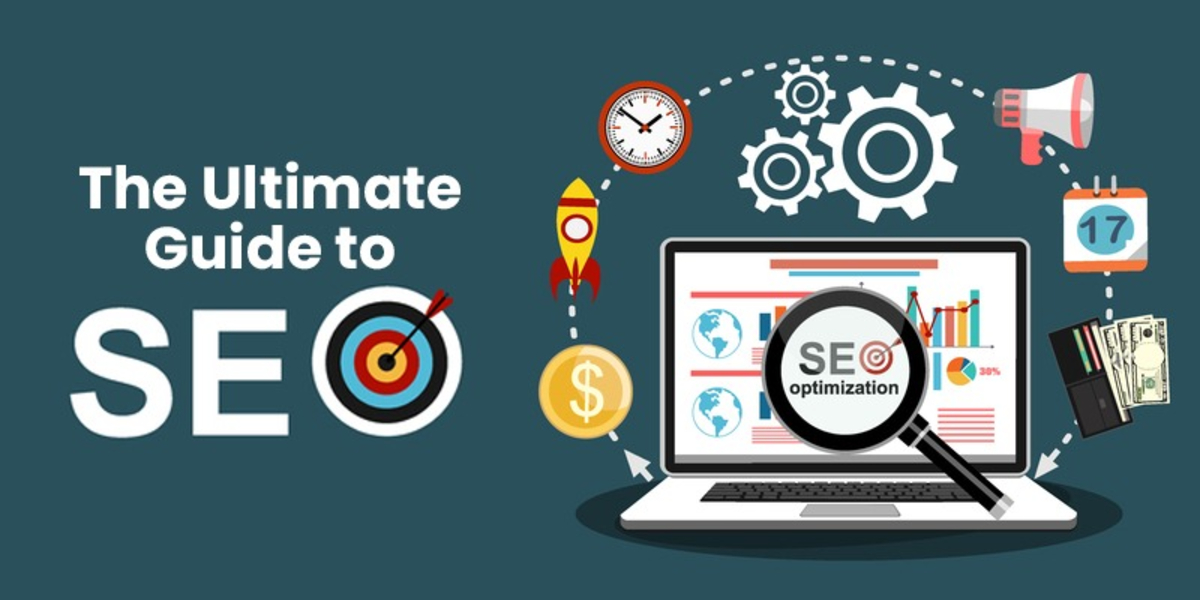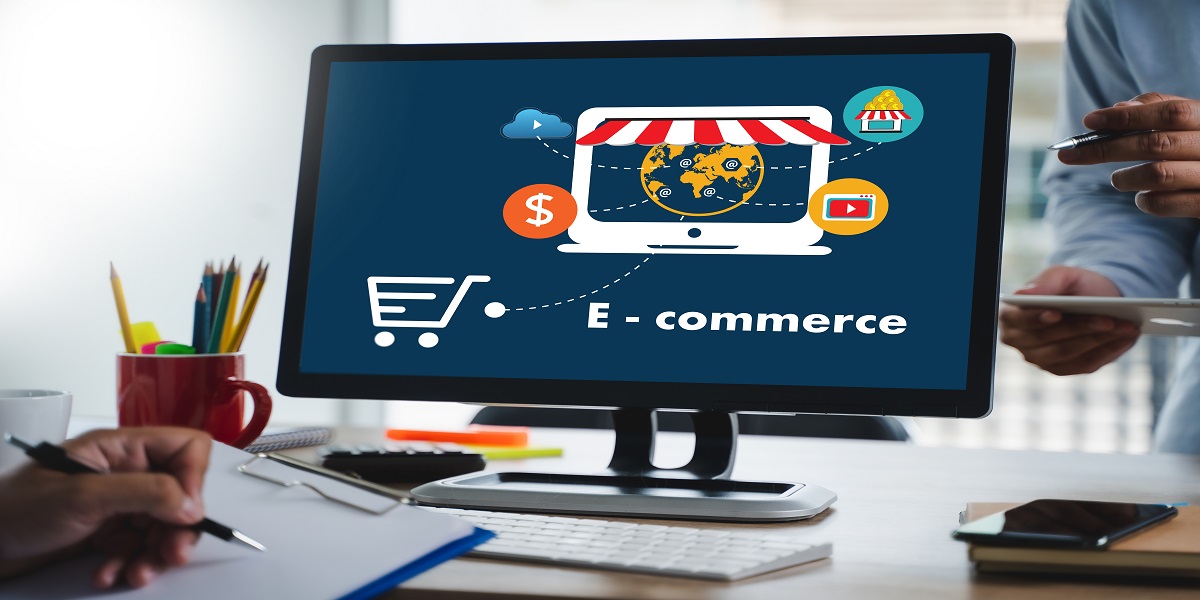IoT-Enabled Logistics Management Software Improves Operational Efficiency
Software | 16-12-2024 | Chirag Akbari

There was a time when delivering goods from point A to point B was quite a challenging and daunting task because logistics companies had limited resources and infrastructure. Also, they faced core issues related to a lack of proper coordination between drivers and logistics managers, delays in shipments, misplaced parcels, and increased operational costs.
However, today, the story is completely different; logistics and supply chain management companies are delivering goods more efficiently and at much lower costs. Do you have any idea how this significant paradigm shift has taken place? Who are those game-changing players that have brought about a seismic change in how goods are shipped, transported, and finally delivered to end users?
If you are pointing towards digital transformation and next-gen technologies like artificial intelligence, machine learning, the Internet of Things, blockchain, etc., you are probably going in the right direction. All these transformative trends integrate with logistics software solutions to automate and streamline processes.
In this article, we are going to explore one such innovative technology—the Internet of Things and its integration with logistics management software to enhance operational efficiency. During our discussion, we will highlight the key features and benefits of IoT-enabled logistics management systems, alongside the core challenges and their viable solutions.
Let’s First Define an IoT-Enabled Logistics Management Software
IoT-powered Logistics Software refers to the seamless integration of the Internet of Things and advanced sensors connected with vehicles and various devices to track the real-time location of logistics goods.
If we talk about IoT-enabled devices, these may include RFID tags, automated systems, GPS trackers, and temperature sensors that align with logistics solutions to automate operations. These devices communicate in real time, providing actionable insights into various logistics operations, including inventory management, fleet monitoring, and shipment tracking.
To explain this better, let’s cite an example where IoT sensors are connected to vehicles to provide instant updates on the exact driver location, fuel consumption, and maintenance needs. Similarly, when you use RFID tags in the warehouse, you can monitor accurate inventory levels.
Key Features of IoT-Enabled Logistics Management Software
1. Environmental Monitoring
The tracking of environmental conditions about temperature, humidity, or light exposure is done using IoT devices. It monitors that sensitive products, such as food, pharmaceuticals, or electronics, are stored and transported in an optimal manner. Sensors provide a real-time alert that prevents damage or spoilage quickly and helps with improved quality with compliance.
2. Fleet Fuel Management
IoT solutions track fuel consumption patterns across the fleet and provide insights into areas that require improvement. Based on analysis such as the fuel levels, refueling stops, and driving behaviors, a business can easily cut down the wastage of fuel by a great deal, hence saving on cost and the environment.
3. Automatic Alerts and Notifications
IoT systems can also send instant alerts about critical events, such as delays, route changes, or vehicle malfunctions. These alerts help managers respond quickly to unexpected circumstances, thus making operations more efficient and saving customer trust by mitigating disruptions.
4. Driver Performance Analytics
IoT-enabled systems monitor driver behavior, speed, braking patterns, idle time, etc. Such information leads to improvement in safety, reduction in wear and tear of vehicles, and better overall fleet efficiency with appropriate training and policy implementations.
5. Geo-Fencing Capabilities
IoT software lets develop virtual boundaries, referred to in the context of this device as geo-fences. Therefore, if the vehicle, for example, goes out, or comes in, out of, and into the determined boundary a manager will know. Again, very helpful in areas of security -keeping on-site vehicles, and shipments against theft and illegal usage.
6. Maintenance Scheduling Automation
IoT appliances collect information on the degradation of fleet assets and automatically schedule maintenance interventions. This will ensure that vehicles, among other equipment, stay serviced at the right moment in time to avoid unnecessary breakdowns, extend an asset's lifespan, as well as maintain smooth functionality.
7. Personalized Delivery Routes
IoT-enabled software considers dynamic variables such as traffic, road closures, and fuel efficiency to personalize delivery routes. This adaptability reduces delivery times, minimizes operational costs, and enhances customer satisfaction by providing timely and reliable service.
8. Inherent Interoperability with ERP Systems
IoT-enabled logistics software integrates well with ERP systems to consolidate data across departments. This integration streamlines operations from procurement to delivery, enabling cohesive decision-making and improving overall supply chain management efficiency.
The Core Benefits of Transporation and Logistics Software Powered By IoT
1. Real-time operational visibility
The capability to monitor even the minutest details of logistics in real time proves the complete transparency of operations. This reduces uncertainty, allows businesses to overcome inefficiencies promptly, and helps in developing good stakeholder relations since information is consistently current and precise.
2. Lesser delays and idle time
Predictive analytics under the IoT umbrella prepare logistics companies to potentially be ready to handle delays from breakage on the vehicles or route disruption. Proactive measures such as scheduling different routes or putting vehicles into maintenance ensure that there are no interruptions to business operations and that it's much smoother now.
3. Improved Productivity for Workers
With task automation, employees can divert their time into high-value activities instead. Thus, manual errors will be avoided and workforce productivity will be advanced with the automation of data entry, inventory tracking, or shipment monitoring.
4. Increased Compliance with Regulations
IoT-enabled systems consider the automatic collection and storage of data that help the industry comply with set rules. These features become particularly advantageous in the areas of pharmaceuticals and food, where documentation and tracking guarantee safety and quality.
5. Increased Security
IoT consists of real-time asset tracking and geo-fencing functionalities that prohibit theft and unauthorized access. Tamper detection and automated alerts also can protect valuable shipments to customer trust.
6. Optimization of Cost From Multiple Angles
Cost savings due to fuel reduction, inventory optimization, and predictive maintenance-style IoT give different efficiencies across the board. Efficiency gains lead organizations to be able to better use their resources and greater scalability, which leads to greater profits without the sacrifice of quality service.
7. Reduction of your carbon footprint
Fuel consumption and idle time are reduced due to IoT-enabled route optimization and advanced transportation management software. This helps your business attain this globally important sustainable development goal and positions your business as an environmentally responsible organization.
8. Scalable for Business Growth
IoT solutions are scalable, which means a company can expand its operations without a large overhauling of existing infrastructure. Such adaptability allows a company to meet its expanding requirements efficiently and with prepared resource control.
Vital Applications of IoT in the Logistics Industry
1. Shipping Tracking in Real Time
The tracking systems utilize IoT which gives real-time views of where goods are and the status of shipments. GPS and RFID technology are utilized to keep track of goods from dispatch to delivery. This not only boosts transparency but promotes customer satisfaction and loyalty as well, as the latter can now keep a check on their shipments. Also, this gives a chance for companies to address delays proactively, reroute shipments if necessary, and ensure that the deliveries get done on time.
2. Inventory Management and Warehousing Optimization
IoT appliances are changing the rules of inventory management and automating tracking processes forever. Sensors and RFID tags provide real-time updates of stock levels so that warehouses can maintain optimal inventory levels. These appliances monitor environmental conditions such as temperature and humidity to ensure delicate items are stored appropriately. Warehouse automation minimizes repetitive tasks, thereby reducing costs in terms of labor and the incidence of human error.
3. Fleet Management and Optimization
IoT technology installs sensors in the fleet to monitor vehicle health, fuel consumption, and driving habits. This real-time data assists fleet managers in being proactive and scheduling maintenance before it becomes an issue, ultimately extending vehicle life and uptime. Additionally, route optimization tools analyze current IoT data to come up with the most efficient routes needed, thus saving fuel and time, and reducing operational costs.
4. Cold Chain Monitoring
Cold Chain monitoring is critical for industries dealing with food, pharmaceuticals, and chemicals. IoT sensors are used for uninterrupted monitoring of temperature and humidity conditions that affect storage and transport activities. If something goes out of spec, users will receive alerts promptly so that corrective action can be undertaken. This not only minimizes spoilage but improves regulatory compliance and enhances customer trust.
5. Automation of Material Handling
Material handling in the warehouse is revolutionized by IoT devices through automated guided vehicles (AGVs) and robotic arms. These systems will provide faster and more accurate operations in loading, unloading, and sorting. Automation will reduce reliance on human labor, thus covering increased efficiency and large-volume logistics operations.
6. Reverse Logistics
Reverse logistics means tracking the products that are returned by the customers. Now, you can implement the Internet of Things to simplify and streamline this process by using advanced sensors embedded in the products or packaging material. Thus, you can monitor the condition of the returned goods during the entire transit journey. It helps to determine the resale value of the product to optimize recovery options.
Key Challenges and Solutions of Implementing IoT With Logistics Systems
Now let us take a deep dive into some other issues related to integrating IoT in logistics operations.
1. High Initial Investment
If you are planning to implement IoT into your existing logistics solutions, you may have to make a significant investment initially. This is because IoT integration involves adding sensors, hardware, devices, and other relevant systems. This is why a large number of logistics companies back off from implementing IoT.
Solution - A viable solution to this problem is opting for phased implementation strategies and choosing SaaS and cloud-based IoT platforms where you do not have to spend on hardware and maintenance. They may get subsidy assistance from the government and local bodies for the resuscitation of IoT.
2. Data Security and Privacy Concerns
Interconnectivity is an integral aspect of the Internet of Things because data flows between devices and IoT sensors to show relevant insights. Considering the nature and advanced vulnerability of cyber-attacks, the data remains in the zone of high risks and prone to threats of getting leaked and stolen.
Solution: Companies must build and fortify strong cybersecurity. This involves focusing on creating secured passwords, encrypted secure sockets, firewalls, regular upgrading, etc. They must look to partner with reliable companies offering a secured method of implementing an IoT solution to incorporate security features at the starting of implementation.
3. Legacy System Integration
Some logistics firms still use legacy systems that are not compatible with modern IoT technology.
Solution: IoT solutions can be customized for integration with legacy systems. Apart from this, IoT devices can be connected with legacy systems using middleware platforms that serve as a bridge, facilitating seamless communication between devices and systems. Training employees to work in a hybrid environment promotes the ease of such changes.
4. Data Overload
IoT-powered systems are amazing solutions for any business; however, the sheer volumes of data they generate can be overwhelming and insufficient for conventional analytical tools. So, when data analysts have to manage and analyze this massive amount of data, it becomes a painstaking task for them.
Solution: Advanced data analytics tools embraced with machine learning technology will be the go-to resource for businesses in interpreting and analyzing such large data. Cloud storage solutions also provide a scalable capacity to manage an increase in data volumes.
5. Limited Connection
Logistics operations span their operations in remote areas with bad connectivity, which limits the devices' efficiencies.
Solution: Satellite-based IoT solutions and mesh networks can provide effective connectivity in remote areas. During offline mode, the devices can store data locally; once the connection is restored, the data is updated automatically.
6. Reluctant to Change
There may be a few logistics firms that are hesitant to adopt IoT technology because they are much more accustomed to legacy systems and traditional ways of working.
Solution: You should conduct training sessions workshops, and online webinars to make the employees more aware of the features and benefits of IoT-enabled transportation and logistics software, encouraging companies to invest in this technological solution. You can highlight case studies and success stories of firms that are using IoT and their tangible results.
How FedEx is Using IoT to Optimize Logistics Process
Global leading and top-notch logistics and supply chain company FedEx has already started using the Internet of Things to optimize its logistics operations.
We came across a blog published on its official website, highlighting it utilizes sensor-based logistics to enhance real-time shipping visibility across the globe. The company has developed an innovative IoT solution—Senseware to optimize shipping and increase instant visibility. A Forbes article mentions that FedEx is Delivering the Future of Shipping; all thanks to IoT.
Parting Words
IoT logistics management software is changing the logistics game with real-time visibility, automated operations, and enhanced customer satisfaction. While implementing IoT has its challenges, the benefits far outweigh the costs so it’s an investment for forward-thinking businesses.
According to Market Research Future, the market value of the IoT-enabled logistics industry is estimated to reach $128.27 billion by 2032 at a CAGR of 13.36%.
As IoT evolves its applications in logistics will grow and innovation and sustainability will follow. Businesses that get in now will get a big head start and be long-term winners in the ever-changing world of logistics.
Whether it’s fleet management, warehouse automation, or last-mile delivery, IoT-enabled solutions are making logistics smarter and more efficient. Get the power of IoT and transform your logistics today.



.jpg)

.jpg)
.jpg)
.jpg)
.jpg)
.jpg)
